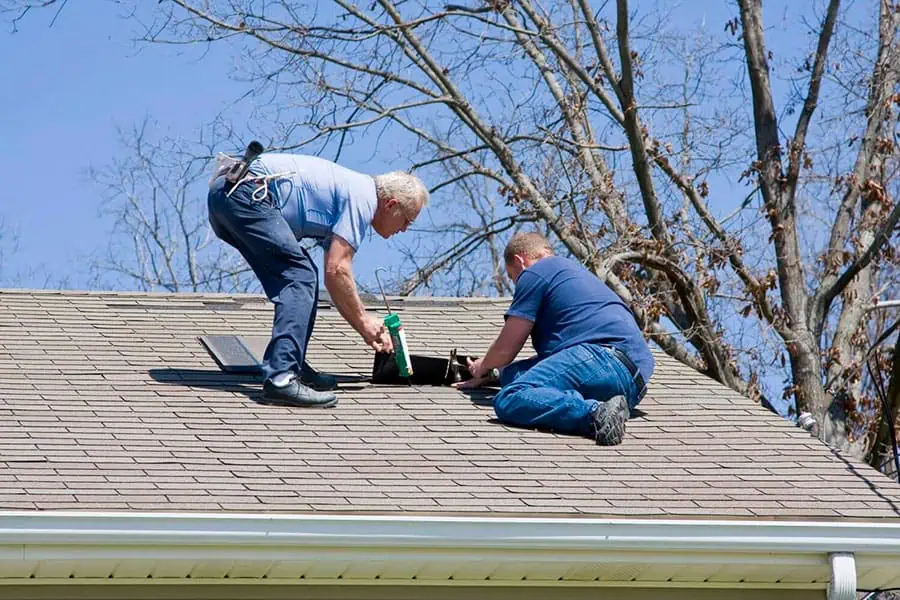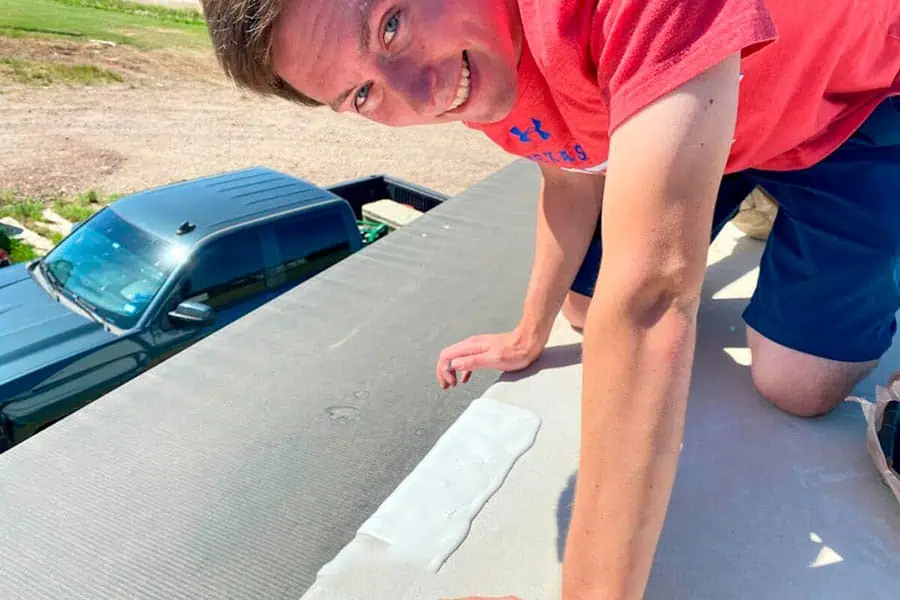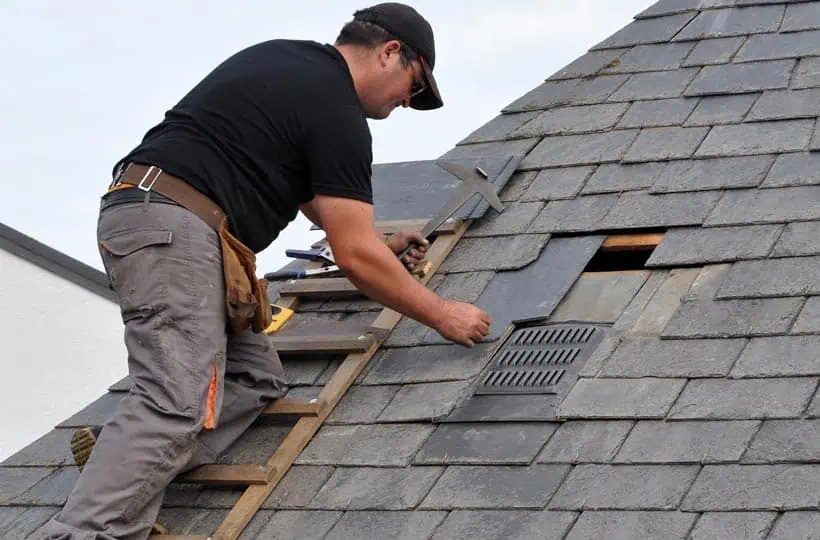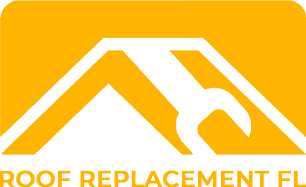DIY Roof Replacement

Introduction
DIY roof replacement involves homeowners undertaking the task of replacing their roof without professional help. This can be a cost-effective solution but requires careful planning, the right tools, and strict adherence to safety protocols.
Planning and Preparation
Assessing the Project
- Scope of Work: Evaluate the extent of the roof damage and determine if a full replacement is necessary. This includes inspecting for damaged or missing shingles, leaks, and structural issues.
- Skill Level: Assess your own skills and comfort with heights and physical labor. Roofing is physically demanding and requires working safely at heights.
- Permits and Regulations: Check local building codes and obtain necessary permits. Failure to comply with local regulations can result in fines and legal issues.
Tools and Materials
- Essential Tools: Roofing ladder, hammer, pry bar, utility knife, nail gun, air compressor, circular saw, chalk line, magnetic sweeper.
- Safety Equipment: Fall protection kit (harness, rope, anchor), safety goggles, gloves, hard hat, proper footwear.
- Roofing Materials: Asphalt shingles, underlayment, drip edge, flashing, roofing nails, sealant.
Safety Precautions
General Safety Tips
- Weather Conditions: Avoid working in wet, windy, or extreme weather conditions. Wet roofs are slippery and windy conditions can make balancing difficult.
- Clean Work Area: Ensure the roof is free of debris before starting work to reduce the risk of slips and falls.
- Proper Footwear: Use steel-toed boots with good traction to prevent slips and protect your feet from falling objects.
Ladder Safety
- Stable Setup: Ensure the ladder is on stable ground and extends three feet above the roof edge. Use a ladder stabilizer to prevent falls.
- Secure Positioning: Always secure the ladder to prevent it from slipping or tipping over.
Fall Protection
- Harness and Anchors: Always wear a safety harness and secure it to a roof anchor. This is crucial for preventing falls from heights.
- Buddy System: Have someone nearby to assist in case of emergencies. This ensures help is available if an accident occurs.

Step-by-Step Process
1. Roof Inspection
- Visual Check: Inspect for damaged or missing shingles, leaks, and flashing issues. This helps determine the extent of the work needed.
- Professional Evaluation: Consider hiring a professional for a thorough inspection if unsure about the roof’s condition.
2. Removing the Old Roof
- Tear-Off Tools: Use a roofing shovel or pry bar to remove old shingles and underlayment. This step is labor-intensive and requires careful handling to avoid damaging the roof deck.
- Debris Management: Use a dumpster or Bagster® for debris disposal to keep the work area clean and safe.
3. Installing the Drip Edge
- Placement: Install along the eaves and gable ends to direct water away from the roof. This helps prevent water damage to the roof structure.
4. Laying the Underlayment
- Waterproof Barrier: Apply felt paper or synthetic underlayment to protect against moisture. Overlap each row to ensure complete coverage.
5. Installing Flashing
- Leak Prevention: Install flashing around chimneys, vents, and valleys to prevent water intrusion. Proper installation is crucial to avoid leaks.
6. Shingle Installation
- Starting Point: Begin at the bottom edge and work upwards. Follow the manufacturer’s instructions for spacing and nailing.
- Nailing Technique: Use a nail gun for efficiency and ensure proper nail placement to secure the shingles.
7. Ridge Cap Installation
- Finishing Touch: Install ridge caps along the roof peak for a finished look and added protection. This step completes the shingle installation.
8. Sealing and Waterproofing
- Sealant Application: Apply sealant around vents, chimneys, and other penetrations to ensure a watertight seal.
9. Final Inspection
- Quality Check: Inspect the completed roof for any missed areas or potential issues. Address any problems immediately to ensure the roof is properly installed.

Common Challenges and Solutions
Physical Demands
- Heavy Lifting: Be prepared for lifting heavy packs of shingles. Use proper lifting techniques to avoid injury.
- Knee Strain: Use knee pads to reduce strain during prolonged kneeling. This helps prevent long-term knee injuries.
Weather Delays
- Forecast Monitoring: Plan the project around favorable weather conditions. Avoid working in rain, snow, or high winds.
- Tarp Usage: Use tarps to protect the roof if unexpected weather occurs. This helps prevent water damage during the project.
Cost Considerations
DIY vs. Professional
- Labor Savings: DIY can save thousands in labor costs. However, consider the potential for mistakes and additional costs.
- Material Costs: Factor in the cost of tools and materials. DIY projects may require purchasing or renting specialized equipment.
Budgeting
- Estimate Costs: Calculate the total cost of materials, tools, and permits. This helps ensure you have a realistic budget for the project.
- Contingency Fund: Set aside extra funds for unexpected expenses. This provides a financial cushion in case of unforeseen issues.
Conclusion
DIY roof replacement can be a rewarding and cost-effective project for skilled homeowners. However, it requires careful planning, the right tools, and strict adherence to safety protocols. For those unsure of their abilities, hiring a professional may be the safer and more efficient option.
